Varieties and secrets of choosing scanners
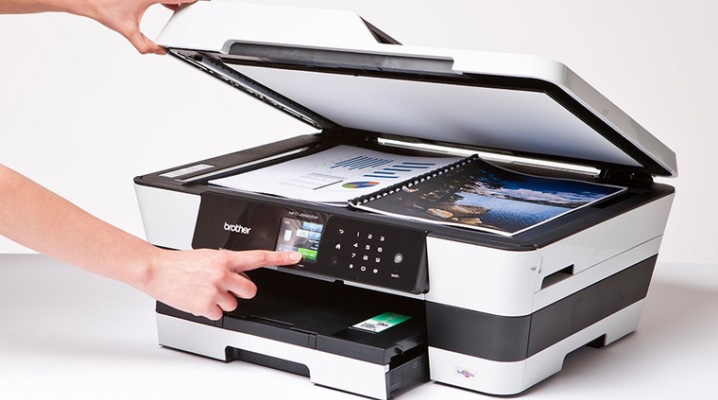
Modern technology makes it possible to convert any images into digital form; for this purpose, a special device is used, which is called scanner... A page from a magazine, an important document, a book, any photograph, slide and other documents on which text or graphic images are applied can be scanned.
Scanning can be carried out by connecting the scanner to a personal computer, or this device works offline, transferring the image in digital form to your PC or smartphone via the Internet.


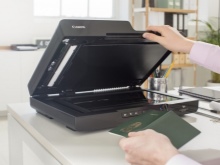
What is it and why is it needed?
Scanner Is a device of a mechanical type that makes it possible to translate text and images into digital format in the form of a picture, then the file can be saved in the memory of a personal computer or transferred to other devices. The convenience of this method of storing information lies in the fact that the finished scanned files can be archived by compressing their volume.
Specifications different types of scanning devices depend on their purpose and can work not only with paper media, but also process photographic film, as well as scan volumetric objects in 3D.
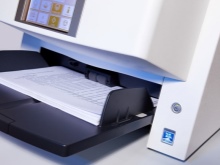
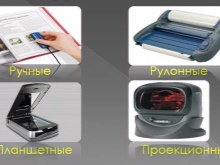

Scanner devices have various modifications and sizesbut most of them refer to tablet-type modelswhere scanning is performed from graphic or text media. For example, if you want to scan a photo, then the sheet with the image must be placed on the scanner glass and closed with the lid of the machine, after which a ray light flux will be directed to this sheet, which will be reflected from the photo and captured by the scanner, which converts these signals into digital data.
The main component of the scanner is its matrix - with its help, the signals reflected from the picture are captured and encoded into digital format.
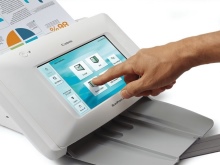
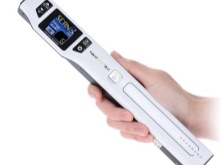
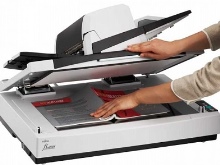
Matrix scanners have 2 options.
- Charge Coupled Device, which in an abbreviated form looks like a CCD. For such a matrix, the scanning process takes place with the use of sensor photosensitive elements. The matrix is equipped with a special carriage with a built-in lamp for image illumination. In the process of scanning, a special system consisting of focusing lenses collects the light reflected from the picture, and so that the finished scan at the output is the same color and saturated as the source, the focusing system determines the length of the image beams using special photocells and subdivides them according to color spectrum. During scanning, it is not necessary to press the photo too tightly against the scanner glass - the light flux is strong enough and can easily cover some distances. The information obtained as a result of processing appears rather quickly, but such scanners have one drawback - the matrix lamp has a short service life.
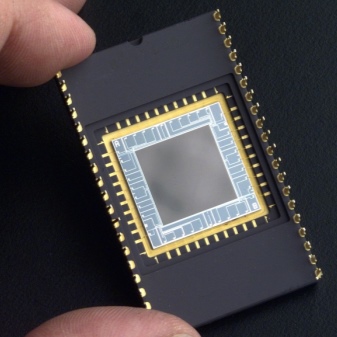
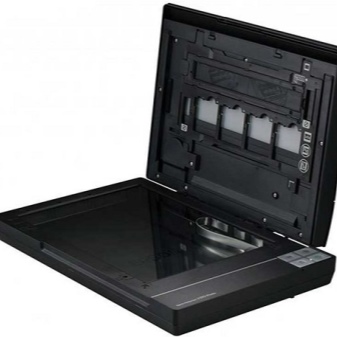
- Contact Image Sensor, which in an abbreviated form looks like CIS Is a contact type image sensor. The matrix of this type also has a built-in carriage, which contains LEDs and photocells. During the scanning process, the matrix moves slowly along the longitudinal direction of the image, and at this time the LEDs of the basic colors - green, red and blue spectrum - are switched on alternately, due to which a color image is formed at the output. Matrix models of this type are characterized by durability and reliability, and the cost of scanners differs little from analogs with a different type of matrix. However, it was not without a drawback, and it lies in the fact that the original picture must be tightly pressed against the scanner window, in addition, the scanning process is not fast, especially if the high quality of the result is selected.
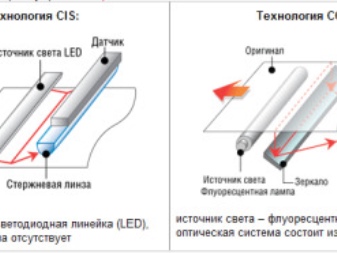
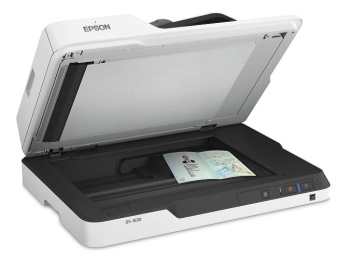
The main characteristic of scanning devices is their the degree of color girth depth and scanning resolution, which is reflected in the quality of the result. Color girth depth can be from 24 to 42 bits, and the more bits there are in the resolution of the scanner, the higher the quality of the final result.
The resolution of the scanner can be selected independently, and it is measured in dpi, which means the number of bits of information per 1 inch of the image.

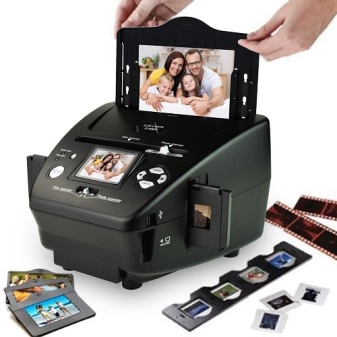
Description of species
The first scanner was invented in America in 1957. This device was of a drum type, and the resolution of the final image did not exceed 180 pixels, and it was a black and white picture consisting of ink and white gaps.
Today drum-type device The scanner has a high-speed principle of operation and has a high sensitivity, with the help of which even the smallest element becomes visible in the image. Fast automatic works a drum-type scanner with the use of halogen and xenon radiation, which makes it possible to scan even a transparent document source. Most often it is a networked large-format desktop machine that processes A4 sheets.
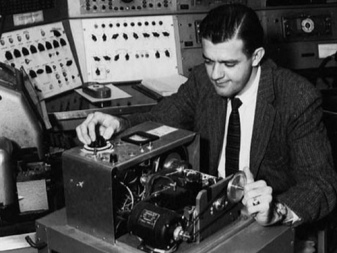
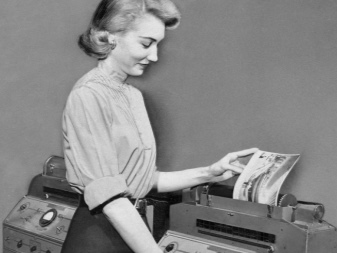
Currently modern scanner models are varied, it could be contactless option or portable, that is, working in a wireless system. Produced scanners for phone, laser types for stationary use and miniature pocket version.
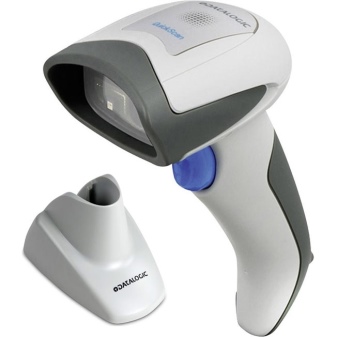
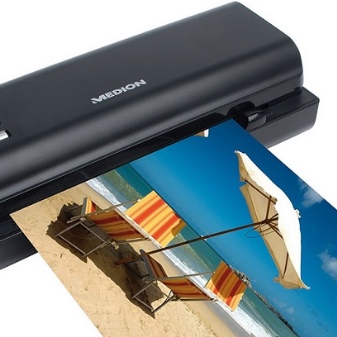
By area of application
The drum type scanner is quite common, but there are other types with different areas of application.
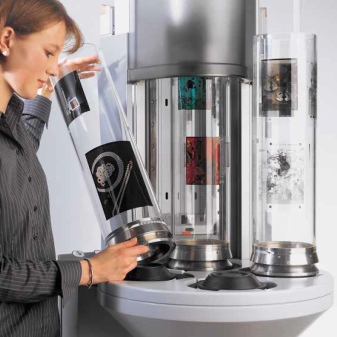
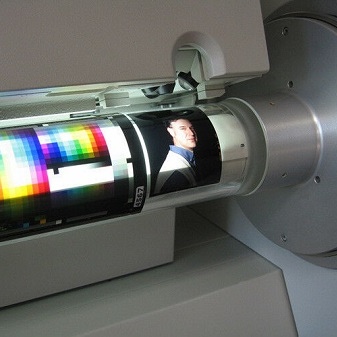
A scanner designed for photographic films
Its task is to recognize information contained on a slide, negative or photographic film. He will not be able to process an image on an opaque medium, as analogs for books or tablet-type documents can do. The slide scanner has increased optical resolution, which is an essential prerequisite for obtaining high-definition images. Modern devices have a resolution of more than 4000 dpi, and processed images are obtained with the highest accuracy.

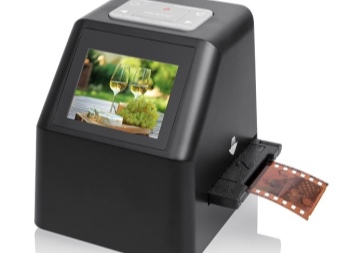
Scanning devices of this type, designed for photographic film, have another important aspect - a high degree of optical density... Devices can process images at high speed without losing quality. Models of the latest generation have the ability to eliminate scratches, foreign particles, fingerprints in the image, and are also able to correct the color rendition and return the brightness and color saturation to the images if the source is burned out under ultraviolet rays.
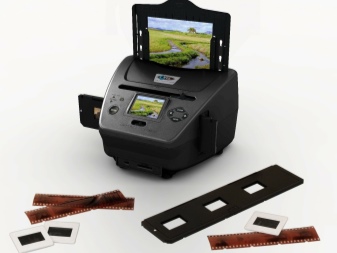
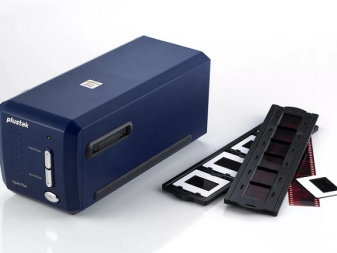
Hand Scanner
Such a device serves for processing text or images in small volumes... The process of information processing is launched by the device carrying out the original document. Hand-held scanners include automotive troubleshooting devices as well as hand-held scanners that serve as portable text converters.
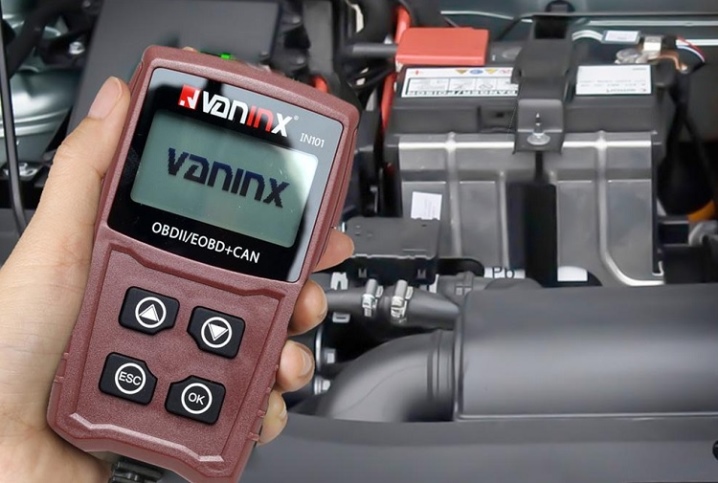
Hand-held scanners are also used in the field of finance when reading a barcode from a product and transferring it to a POS terminal. Manual types of scanning devices include electronic notebooks that process and store up to 500 sheets of text, after which the scan is transferred to a computer. No less popular are hand-held scanners-translators that read textual information and give the result in the form of translation and audio playback.
In appearance, compact hand-held scanners can look like a small line, and they operate on a rechargeable battery, and information is transferred to a PC via a USB cable.
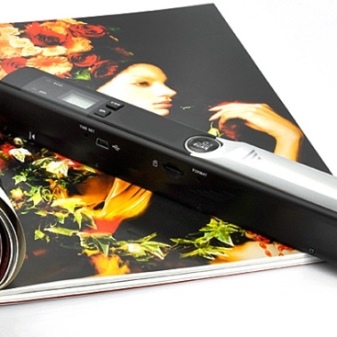

Planetary Scanner
Used to scan the text of books to digitize images of rare or historically valuable copies. In addition, such a device will be indispensable when creating your own electronic library. Processing information is similar to flipping through a book.
The software device makes it possible to improve the appearance of the image and eliminate stains, extraneous records. Scanners of this type also eliminate the folding of pages in the place where they are bound - this is achieved by using a V-shaped glass for pressing the original, which makes it possible to unfold a magazine or book by 120 ° and avoid darkening in the area of page spread.
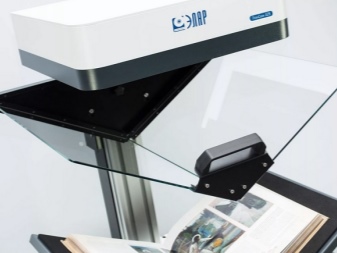
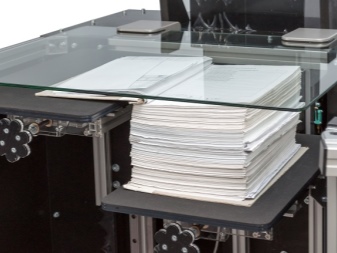
Flatbed Scanner
This is the most common type of device that is commonly used in office work, when scanning books or drawings, for processing any documents with a maximum A4 size. There are models with an automatic document feeder and double-sided scanning. Such equipment can immediately process a batch of documents that are loaded into the machine. A type of flatbed scanner is a medical option that automatically frames medical x-rays.
The scope of the modern scanner extends to both household and business applications.
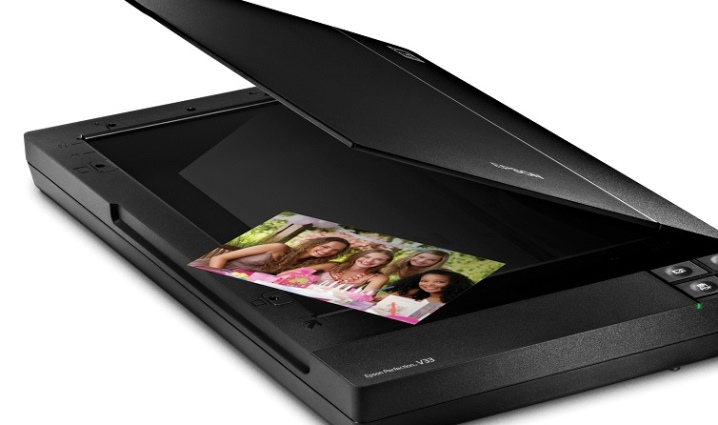
By appointment
There are types of scanner that are used for a wide range of tasks.
Laser Scanner
Such a professional device has various modificationswhere the reading beam is a laser stream. Such devices can be seen in a store when reading a barcode, and they are also used for other purposes, for example, to monitor industrial facilities, in architectural design, at construction sites, when monitoring structures and structures. The laser scanner has the ability to copy or modify details of drawings, to recreate models in 3D format.

Large format scanner
Is a device that is essential for architects, designers and buildersher. Such a device not only scans various design objects, but also makes it possible to work with documentation, and such equipment can be used both on a construction site and in an office environment. Equipment of this level helps to make copies even from poor original originals.
A type of large format scanner is plotter, which also has the name "plotter". It is used to transfer large format scans onto fabric, paper or plastic film. The plotter is used in a design bureau, in a design studio, in an advertising agency. Plotters have the ability to print high quality images with high resolution.
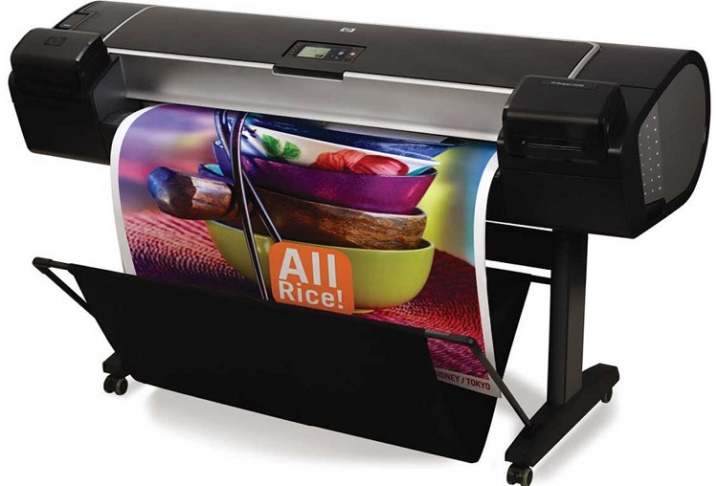
Professional scanner
It is considered the fastest device capable of processing raw data. It is used in organizations, educational and scientific institutions, in industrial bureaus, archives - wherever it is required to process a large amount of images and convert them into digital form.
You can work with a professional scanner in various formats up to A3 size and process up to 500 pages of documentation in succession. The scanner has the ability to scale large objects, and is also able to improve the appearance of the source by editing and eliminating various defects.
Professional scanners can process 200 sheets in 1 minute.
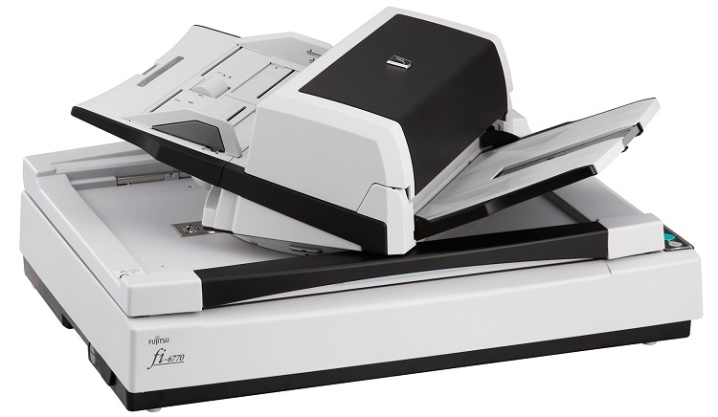
Network scanner
Devices of this type include tablet and inline type of scanners. The essence of the network device lies in the fact that it can be used by connecting to a common computer network, while the device performs not only digitization of documents, but also the transmission of the scan to the selected email addresses.
Progress does not stand still, and some types of models are already a thing of the past, but one thing remains unchanged: a scanner is a technical device that is in demand and necessary today.
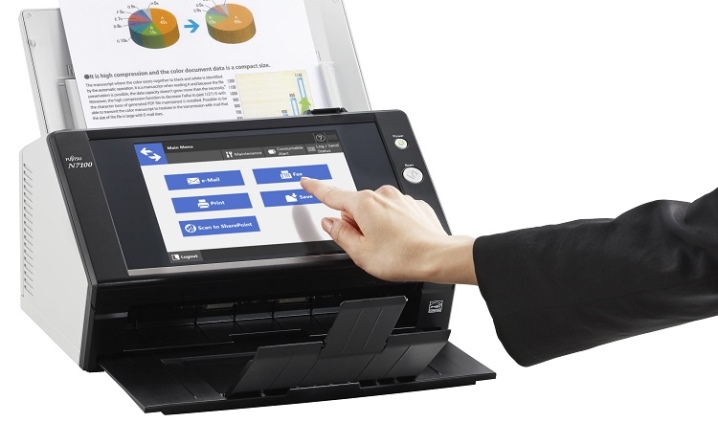
Popular models
The popularity of scanners is very high, and many worthy models have been created that belong to the flagship manufacturers of computer equipment. Let's take a look at some options as an example.
- Brover ADS-3000N model. Such a device is used in offices and is capable of automatically feeding and processing up to 50 sheets at a time, and the processing time will take only 1 minute. The scanner is ready to process up to 5,000 pages per day. The transfer of digitized data is carried out via a USB port. Scanning is possible from 2 sides, and the quality of the copies will be high resolution. The device generates some noise during operation, but its high performance allows you to ignore this drawback.
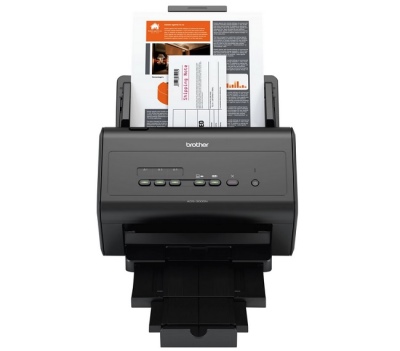
- Epson Perfection V-370 Photo. High quality scanner used for scanning color images. The device has a built-in system for digitizing slides and photographic film. Scanned copies can be easily viewed and edited. The scanner is able to work at high speed without losing quality. The disadvantage is that the device scans transparent sources a little longer than a color picture.

- Mustek Iscanair GO H-410-W model. A portable device with which you can save pictures on your mobile phone by transferring them over a wireless Wi-Fi channel. The device is completely autonomous and runs on AAA batteries. Image quality can be selected from 300 to 600 dpi. The device is equipped with rollers and an indicator that prevents the scanner from scanning the image too quickly.
In order for the digital processing to be of excellent quality, the original for scanning will need to be firmly fixed on some surface.
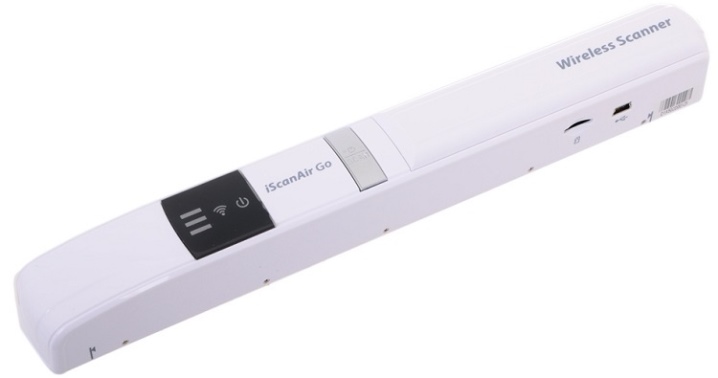
- Model Ion Docs-2 GO... A portable type of scanner that is equipped with a slot and has a docking connector for connecting an iPad. The device takes any printed texts and documents, scans them with a resolution of no more than 300 dpi and saves them on the tablet screen. The scanning area for this model is limited and is a field of 297x216 mm. Using the scanner, you can digitize photos as well as slides and store them in the memory of your iPad or iPhone.
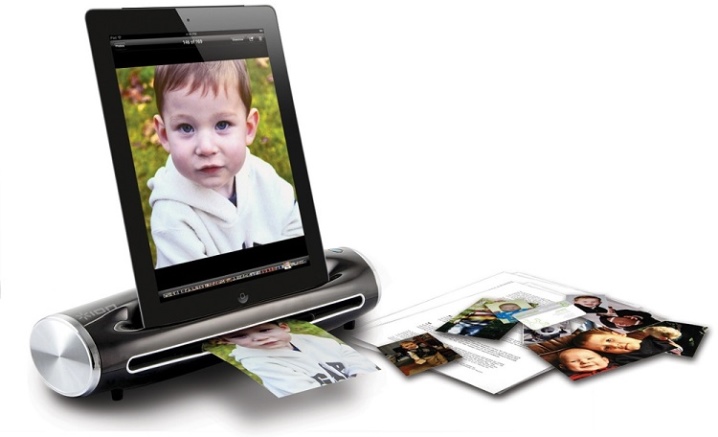
- Model AVE FS-110. Used for domestic purposes and digitizes photographic film, this device is a compact version of a slide scanner. It is possible to connect it to a computer - in this case, digitization will be carried out not on the small screen of the device, but on the PC monitor. In the process, you can adjust the sharpness of the image, as well as save the result to a folder on your PC desktop. The scanner is equipped with a frame for processing slides and negatives. Power is supplied through the USB port.
Modern manufacturers strive to improve their scanners and introduce more and more additional options into their composition.
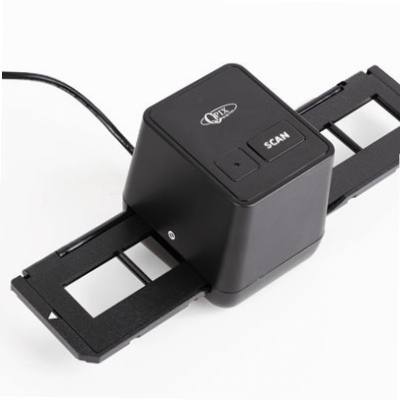
Applications
The scanning device is an indispensable assistant for a person and is used in various areas of his life:
- processing of documentation, images;
- scanning of drawings;
- work with photographs in a photo studio, restoration services;
- scanning of objects of architecture and construction in 3D-format;
- preservation of rare books, archival documents, images;
- creation of electronic libraries;
- in medicine - preservation of X-rays;
- household use for digitizing magazines, pictures, photographs.
A valuable property of scanning equipment lies not only in the process of digitizing the initial data, but also in the possibility of their correction.
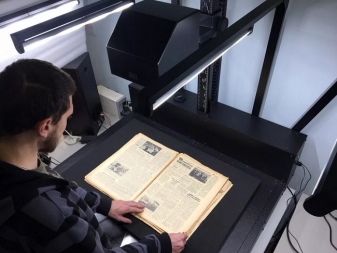
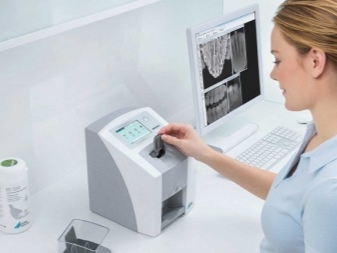
How to choose?
The choice of a scanning device must be made based on the purpose of its use. It is impossible to upgrade this device, therefore the list of options must be determined in advance, before purchasing.
- When choosing a scanner model for home or office use, refer to the specifications. Office equipment must correspond to the specifics of the organization's activities. Most often, such office equipment is used to work with current documentation or to digitize an archive. For this reason, the scanner must have an automatic document feeder.
- If the job involves processing large documents, then it is necessary to purchase a large format scanner with a high resolution.
- The choice of a home scanner determines the compactness of the device, its reliability and low cost. For domestic use, it is impractical to purchase expensive powerful devices with a high degree of resolution, operating at a high processing speed of the initial data.
- In the case when a scanner is required for processing photographic film, slides or negatives, you should opt for a device that can restore color rendition, remove red-eye and has a slide adapter in its design.
- The degree and depth of color rendering for a consumer scanner is not fundamentally important, therefore, a 24-bit device is allowed.
Before buying a scanner, you need to test and try to process a photo or document on it. During the test, they look at the speed of the device and the quality of color reproduction.
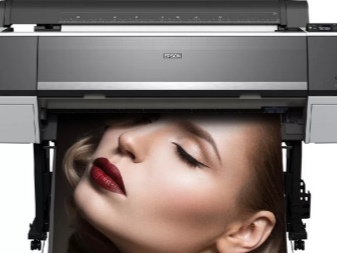
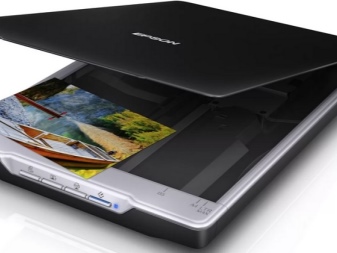
Operating tips
Before you can start scanning, the device must be installed - that is, connected and configured. The algorithm of actions here is as follows:
- the device is connected to a 220 V electrical network;
- the scanner is connected to the computer via the USB port;
- the document is placed on the scanner window, with the text or picture turned down, and the cover of the machine is closed on top.
The next step is to configure the software:
- go to the menu, click the "Start" button, then go to the "Devices and Printers" section;
- we find in the proposed list our type of printer with a scanner or only a scanner if this device is separate;
- go to the subsection of the selected device and find the "Start Scanning" option;
- after activation, we get to the "New Scan" window, which is the beginning of the document processing process.
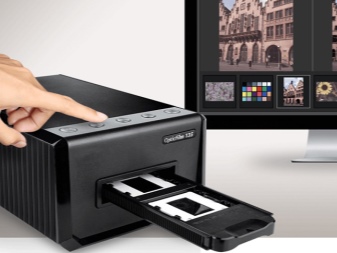

Before starting the scan, if desired, you can adjust the quality of the final scan:
- go to the "Digital format" menu and choose black and white, color or scanning with grayscale;
- then you need to select the file format in which the digital image of the document will be displayed - most often jpeg is chosen;
- now we select the image quality that will correspond to a certain resolution, the minimum is 75 dpi, and the maximum is 1200 dpi;
- select the brightness level and contrast parameter with the slider;
- clicks Start Scan.
You can save the resulting file on your PC desktop or send it to a folder created in advance.
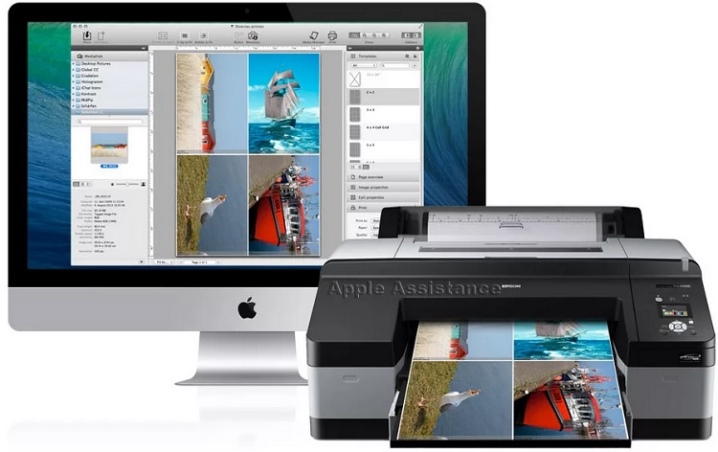
In the next video you will find an overview of the universal planetary scanner ELAR PlanScan A2B.













The comment was sent successfully.